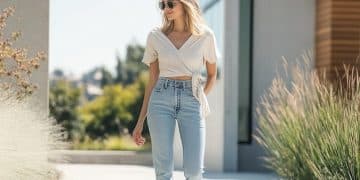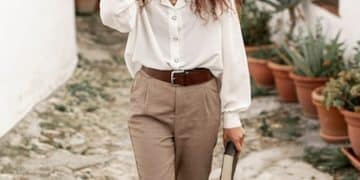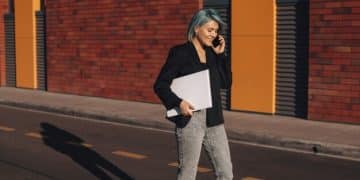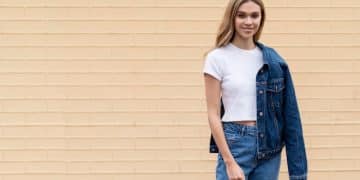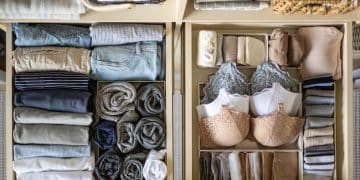Decoding Dress Codes: Your Ultimate Guide to Understanding What to Wear
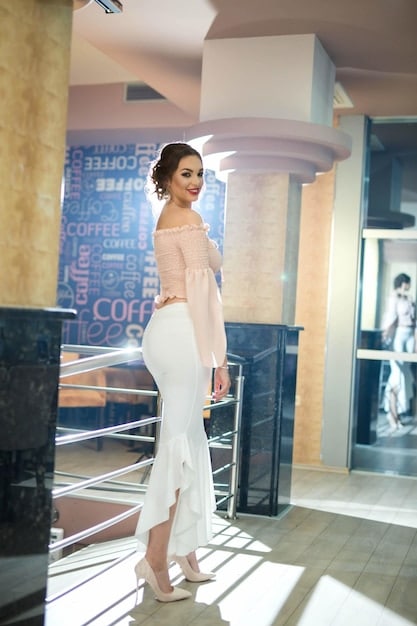
Decoding dress codes can feel like navigating a fashion minefield, but understanding the nuances of each style—from casual to black-tie— empowers you to dress confidently and appropriately for any occasion.
Ever feel lost in translation when an invitation specifies a dress code? Decoding dress codes doesn’t have to be a daunting task. This guide breaks down common dress codes, offering clarity and practical advice to help you choose the perfect outfit every time.
Decoding Dress Codes: Your Guide to Understanding What to Wear
Navigating the world of dress codes can often feel like deciphering a secret language. From the ambiguity of “business casual” to the formality of “black tie,” understanding what each code entails is essential for making the right sartorial choices. This guide aims to simplify the process, providing a comprehensive overview of common dress codes and practical tips for interpreting them effectively.
Casual Dress Code: Comfort and Personal Style
The casual dress code is often perceived as the most relaxed option, but it still requires a degree of thoughtfulness. It’s about striking a balance between comfort and presentability, ensuring you look put-together without appearing overly formal. Understanding the nuances of casual wear can help you express your personal style appropriately.
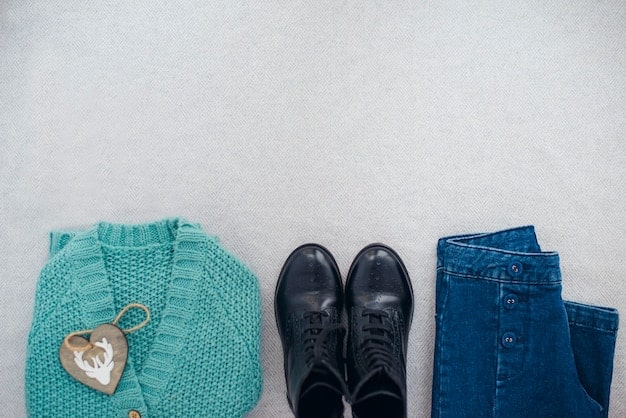
Key Elements of Casual Attire
Casual attire is generally less structured and more comfortable than its formal counterparts. It emphasizes individual expression within a relaxed framework. Here are some essential elements to consider:
- Comfortable Fabrics: Opt for soft, breathable materials like cotton, linen, or denim.
- Relaxed Fit: Choose clothing that allows for ease of movement and doesn’t feel restrictive.
- Personal Style: Incorporate elements that reflect your personal taste, such as unique accessories or favorite colors.
Examples of Casual Outfits
When assembling a casual outfit, consider the specific activity or event. A backyard barbecue might call for shorts and a t-shirt, while a casual brunch could warrant a sundress or jeans with a blouse.
- Jeans and a Tee: A classic combination that can be dressed up or down with accessories.
- Sundress: Perfect for warm weather, offering comfort and style.
- Shorts and a Polo Shirt: Ideal for outdoor activities and casual gatherings.
Ultimately, the casual dress code is about feeling comfortable and confident in what you’re wearing while still presenting a neat and presentable appearance. It allows for creativity and personal expression, making it a versatile option for various settings.
Smart Casual: The Art of Refined Relaxation
Smart casual is a dress code that balances sophistication with comfort. It bridges the gap between casual and business attire, making it suitable for a variety of social and professional settings. Mastering smart casual involves understanding how to combine relaxed pieces with more polished items.
Defining Smart Casual Elegance
Smart casual implies a level of refinement beyond everyday casual wear. It’s about looking presentable and stylish without the formality of a business suit. Key elements include:
- Elevated Fabrics: Incorporate materials like linen, cotton blends, or lightweight wool.
- Tailored Pieces: Include items such as blazers, tailored trousers, or pencil skirts.
- Stylish Footwear: Opt for loafers, dress shoes, or fashionable flats instead of sneakers.
Creating a Smart Casual Ensemble
Putting together a smart casual outfit involves thoughtful coordination. Consider the following examples for inspiration:
- Blazer and Tailored Trousers: A versatile combination that can be dressed up or down with accessories.
- Pencil Skirt and Blouse: A classic choice for women, offering a polished and professional look.
- Chinos and a Button-Down Shirt: A comfortable yet stylish option for men.
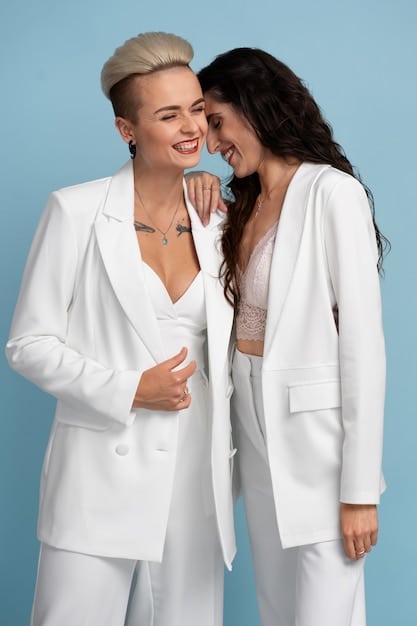
Smart casual is about finding the right balance between comfort and style. It allows for personal expression while maintaining a level of sophistication appropriate for various occasions, making it a versatile and practical dress code to master.
Business Casual: Balancing Professionalism and Comfort
Business casual is a common dress code in many modern workplaces. It’s designed to strike a balance between professional appearance and comfort, allowing employees to maintain a polished look without the rigidity of formal business attire. Understanding the specifics of business casual is essential for navigating the professional world confidently.
The Essence of Business Casual
Business casual is characterized by a more relaxed approach to traditional business wear. Key elements include:
- Professional Separates: Combine tailored trousers or skirts with collared shirts or blouses.
- Comfortable Fabrics: Opt for materials like cotton, linen, or lightweight wool that offer both comfort and style.
- Appropriate Footwear: Choose dress shoes, loafers, or conservative heels instead of sneakers or sandals.
Examples of Business Casual Attire
Creating a successful business casual outfit involves careful consideration of each element. Here are some examples to guide you:
- Tailored Trousers and Blouse: A classic combination that can be accessorized with a blazer or cardigan.
- Khaki Pants and Button-Down Shirt: A versatile option for men, paired with dress shoes or loafers.
- Pencil Skirt and Sweater Set: A sophisticated and comfortable choice for women.
Business casual is about presenting a professional image while maintaining a level of comfort suitable for a workplace environment. It requires attention to detail and a thoughtful approach to combining different elements, ensuring you look polished and professional.
Business Formal: Projecting Authority and Professionalism
Business formal is the most traditional and conservative dress code in the professional sphere. It is typically required for high-stakes meetings, corporate events, and industries where projecting authority and professionalism is paramount. Understanding the nuances of business formal attire is essential for making a strong and positive impression.
The Cornerstones of Business Formal Attire
Business formal is defined by its strict adherence to traditional professional standards. Key elements include:
- Suits: A tailored suit is the cornerstone of business formal attire for both men and women.
- Conservative Colors: Opt for classic colors such as navy, black, or gray.
- Formal Accessories: Include items such as ties, dress shoes, and understated jewelry.
Putting Together a Business Formal Outfit
Creating a successful business formal outfit involves meticulous attention to detail. Consider the following examples:
- Men: A dark-colored suit, a crisp white shirt, a conservative tie, and polished dress shoes.
- Women: A tailored suit or a dress with a jacket, paired with closed-toe heels and understated jewelry.
Business formal is about projecting competence, authority, and respect for the occasion. It requires a commitment to traditional professional standards and meticulous attention to detail, ensuring you make a powerful and positive impression.
Cocktail Attire: Balancing Elegance and Festivity
Cocktail attire is a dress code that strikes a balance between formal and festive. It’s typically required for semi-formal events, parties, and celebrations where a touch of elegance is desired without the full formality of black tie. Understanding the nuances of cocktail attire can help you choose an outfit that is both stylish and appropriate.
Decoding Cocktail Elegance
Cocktail attire is characterized by its blend of sophistication and celebratory flair. Key elements include:
- Elegant Dresses: Choose dresses that are knee-length or slightly longer, in fabrics such as silk, satin, or velvet.
- Stylish Separates: Consider pairing a sophisticated top with tailored trousers or a skirt.
- Festive Accessories: Incorporate elements such as statement jewelry, clutches, and stylish heels.
Crafting the Perfect Cocktail Look
Creating a successful cocktail attire outfit involves careful consideration of each element. Here are some examples to guide you:
- Little Black Dress: A timeless choice that can be dressed up with accessories.
- Sequined Top and Tailored Trousers: A festive and stylish combination for a party.
- Knee-Length Cocktail Dress: A classic choice that offers elegance and sophistication.
Cocktail attire is about balancing elegance with a sense of celebration. It allows for creativity and personal expression while maintaining a level of sophistication appropriate for semi-formal events. It is a versatile dress code to master for various social occasions.
Black Tie: The Pinnacle of Formal Elegance
Black tie is the most formal dress code, reserved for special occasions such as galas, award ceremonies, and formal weddings. It signifies a high level of elegance and requires strict adherence to traditional guidelines. Understanding the specifics of black tie attire ensures you make a sophisticated and respectful impression.
The Defining Elements of Black Tie
Black tie is defined by its strict adherence to formal traditions. Key elements include:
- Tuxedos: For men, a tuxedo with a black bow tie, cummerbund, and patent leather shoes.
- Evening Gowns: For women, a floor-length evening gown in a luxurious fabric such as silk or velvet.
- Elegant Accessories: Include items such as statement jewelry, clutches, and dress shoes.
Assembling a Flawless Black Tie Ensemble
Creating a successful black tie outfit involves meticulous attention to detail. Consider the following examples:
- Men: A classic tuxedo with a black bow tie, cummerbund, and patent leather shoes.
- Women: A floor-length evening gown in a luxurious fabric, paired with elegant jewelry and dress shoes.
Black tie is about upholding the highest standards of formal elegance. It requires a commitment to tradition and meticulous attention to detail, ensuring you make a sophisticated and respectful impression at the most formal events.
| Key Concept | Brief Description |
|---|---|
| 👔 Casual | Comfortable and relaxed, emphasizes personal style. |
| 💼 Smart Casual | Balances sophistication with comfort, suitable for various settings. |
| 🏢 Business Casual | Professional yet comfortable, common in modern workplaces. |
| 🤵 Black Tie | The most formal dress code, reserved for special events. |
Frequently Asked Questions (FAQ)
▼
Casual typically means comfortable and relaxed clothing. Think jeans, t-shirts, sundresses, and comfortable footwear. However, it’s important to ensure your outfit is still neat and presentable, avoiding overly sloppy or revealing attire.
▼
Elevate your smart casual look by incorporating tailored pieces and high-quality fabrics. A blazer, tailored trousers, or a pencil skirt can instantly add sophistication. Accessorize with stylish footwear and carefully chosen jewelry.
▼
Avoid overly casual items such as sneakers, sandals, and t-shirts with graphic prints. Steer clear of overly revealing clothing and anything too tight or uncomfortable. Always aim for a polished and professional appearance.
▼
While black is the traditional color for tuxedos, dark navy or charcoal gray are also acceptable. For women, floor-length gowns in various colors are appropriate, but avoid anything too flashy or revealing.
▼
When a dress code is vague, consider the event’s context, venue, and host. If in doubt, it’s always better to err on the side of being slightly more formal than casual. You can also ask the host for clarification.
Conclusion
Ultimately, decoding dress codes is about understanding the expectations and conventions of a particular event or setting. By familiarizing yourself with the key elements of each dress code and considering the specific context, you can confidently choose outfits that are both stylish and appropriate, ensuring you always make the right impression.
